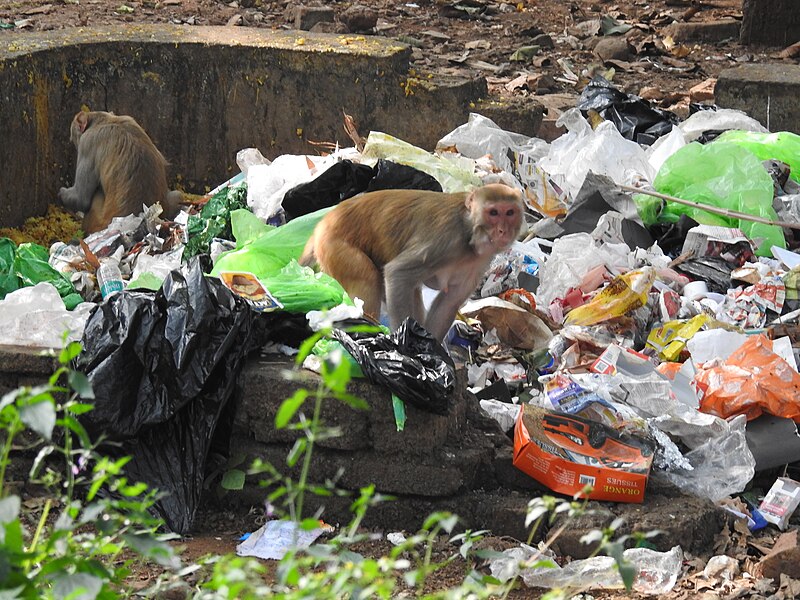ANTHRO 101 Los Angeles Valley College Bonobo Pan Paniscus Primate Poster
primate poster.
- This assignment is designed to allow you to apply your primate knowledge to a specific primate, and visualize and connect the dots between specific aspects of your primate’s life
- The most important part of the poster are the Connections (#4 below), which are your opportunity to think about how various aspects of your primate’s life relate to one another
- Make sure you CITE the information and images you use in the poster!
For this assignment, you will be using the Primate Info Network factsheets (Links to an external site.) supplemented by information in the modules and textbook.
Instructions:
1. Choose a primate from the list of Primate Info Network factsheets. (Links to an external site.)
2. Using Google slides, Google Jamboard, Powerpoint, or other slide making app, create a poster that visually represents your primate.
- Try to make the entire poster fit on one slide. Since we won’t be printing these, you can make the document’s dimensions larger or the font small.
3. The poster must include the following information:
- Title: the scientific name and generic name of your primate (Ex: The rhesus macaque (Macaca mulatta))
- Topics: A sentence or two on each of the following. These sentences must be paraphrased — rephrase the information you find in your own words.
- Classification (the major groups your primate falls into, like Strepsirrhines or Hominoids) and closest relatives
- Physical description
- Include sexual dimorphism if present
- Range (where in the world your primate lives) and habitat (what kind of environment) of your primate
- Diet
- Locomotor pattern
- Social structure (use the correct terms from Module 3.9: Types of primate social groups.) Please specify of the primate is male or female philopatric and if the group is also fission–fusion, if application.
- Fun fact about your primate
- Conservation status — search the IUCN red list of threatened species (Links to an external site.) for this info
Note: ALL information on the poster, both topics and images must be cited. See 6. below for more information.
4. Connections: You need to make 4 connections between sections above. Draw an arrow on your slide from one area to another and insert a textbox describing how those areas are linked. For example, your primate might live in a forest (habitat) which is being cleared to make room for houses, leading to a loss of habitat (conservation), or your primate might be a arboreal quadruped (locomotor pattern) due to its habitat in a forest.
5. Images: Your poster should include at least 6 images that connect to the topics above. The images may be of the primate, a map, or anything else that supports the info in the poster (like a picture of the favorite type of leaf eaten by the primate, for example). Each image must include a short description linking it to the information on the poster (Ex: “This map shows the range of the rhesus macaque, who is native to Asia.”)
6. Sources: The poster must include a numbered source list for all the information on the poster and all the images. The source list may be on the poster or on a separate document.
All information in the poster (topics) and all images MUST be cited. See the examples below for one way you can properly cite information and images.
- Ex: Diet: Rhesus macaques are omnivores. Because they often live in close proximity to humans, they also eat food foraged from human garbage and crops. (1)

Rhesus macaque foraging in trash (2)
Source list
(1) https://primate.wisc.edu/primate-info-net/pin-factsheets/pin-factsheet-rhesus-macaque/ (Links to an external site.)
.jpg)